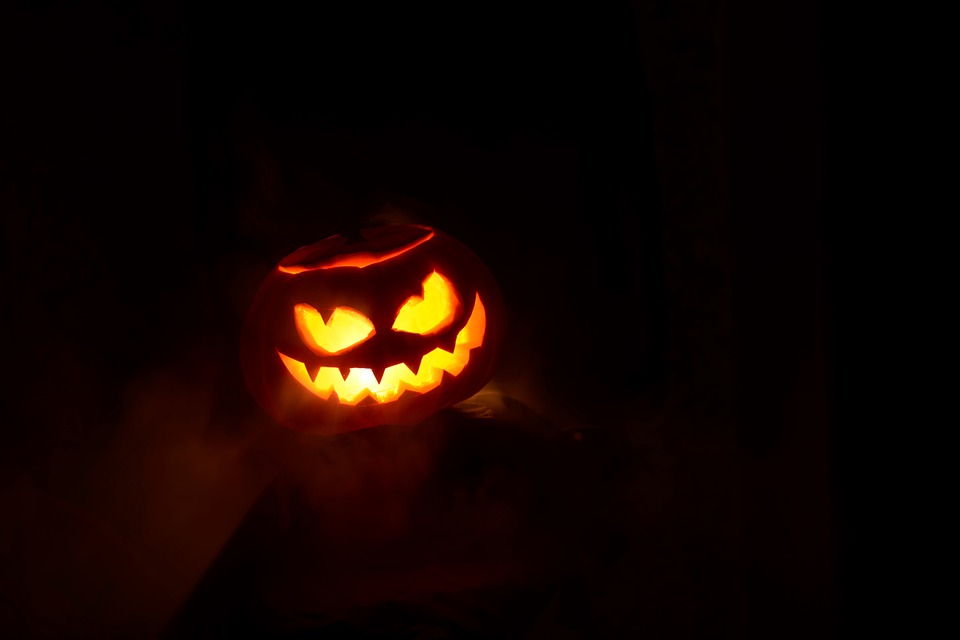October 31
Samhain: (pronounced SOW-in, SAH-vin, or SAM-hayne) Shadowfest (Strega), Martinmas (Celtic/Scottish) October 31
“Samhain” means “End of Summer”. Its historical origin is The Feast of the Dead in Celtic lands. Samhain, popularly known as Halloween, is the Witches’ New Year.
It is said to be the time when the veil between the worlds is very thin, when souls that are leaving this physical plane can pass out and souls that are reincarnating can pass in.
Darkness increases and the Goddess reigns as the Crone, part of the three-in-one that also includes the Maiden and Mother.
The God, the Dark Lord, passes into the underworld to become the seed of his own rebirth (which will occur again at Yule). Many Pagans prepare a Feast for the Dead on Samhain night, where they leave offerings of food and drink for the spirits. The popular chidren’s custom of trick-or-treat stems from an Old English practice in which children went door to door begging “soul cakes” to feed the wandering spirits.
Divination is heightened this night. This is the time of year for getting rid of weaknesses. A common Ritual practice calls for each Wiccan to write down his/her weaknesses on a piece of paper or parchment and toss it into the Cauldron fire. Jack-o-lanterns, gourds, cider, fall foliage can be used as altar decorations

